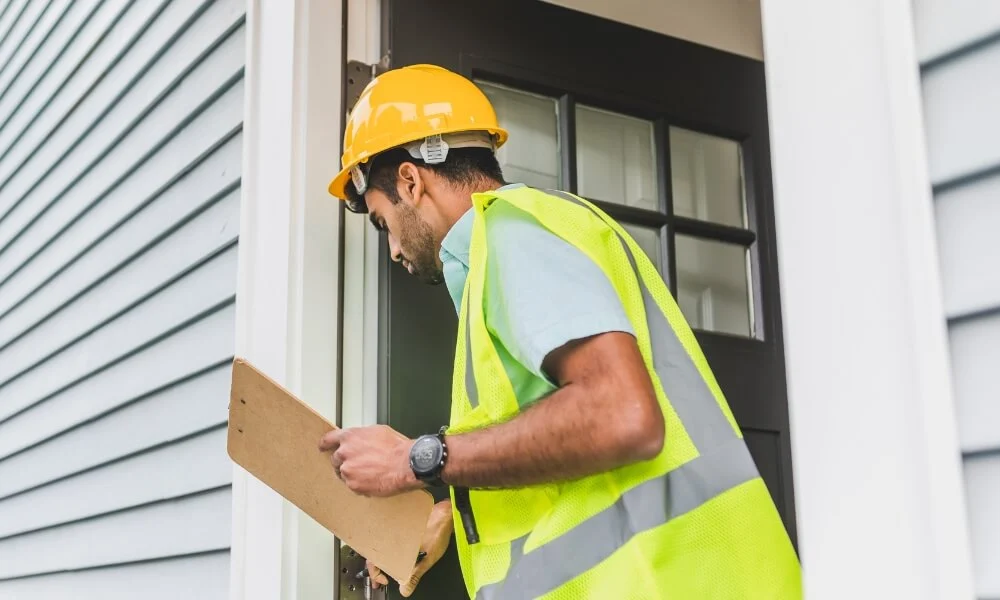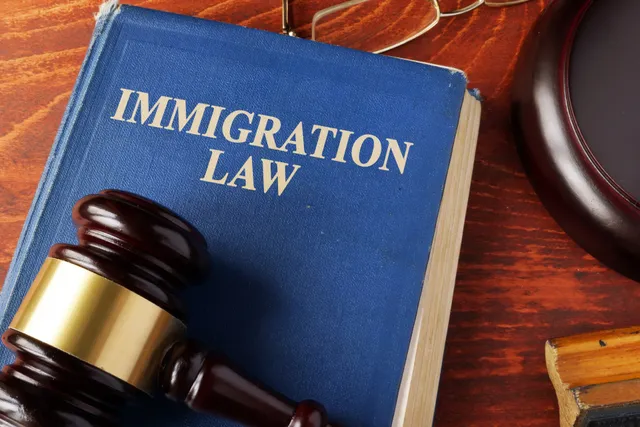Conducting a building inspection is a pivotal stage in purchasing a property, be it a residential house, a commercial establishment, or an investment asset. The primary aim of this inspection is to reveal any possible problems or risks that could affect the property’s safety, worth, or durability. It’s important to note that not all issues are of equal significance, and certain warning signs may indicate more serious problems than others.
- Foundation issues
The foundation is the backbone of the property, and any problems with it are costly and difficult to repair. Some signs of foundation issues may include cracks in the walls or floors, uneven or sloping floors, or doors and windows that don’t open or close properly. If the inspector discovers any foundation problems, it’s crucial to have them evaluated by a structural engineer. This assessment will determine the severity of the issue and the estimated repair expenses.
- Water damage
Water causes significant damage to a property, leading to mould growth, structural issues, and health hazards. Some signs of water damage may include water stains on the walls or ceilings, musty odours, or visible mould growth. If water damage is detected, it is essential to identify its source and evaluate the damage’s extent. Sometimes, water damage can indicate more severe problems, like a roof leak or plumbing issues.
- Electrical issues
Faulty or outdated electrical systems pose a serious safety hazard, increasing the risk of fire or electrocution. Some signs of electrical issues may include exposed or frayed wiring, overloaded circuits, or outlets that don’t work properly. If the inspector identifies any electrical problems, it is crucial to have them evaluated by a licensed electrician to understand the problem’s scope and the potential repair costs.
- Structural issues
Structural problems impact the safety of the property and may be costly and difficult to repair. Some signs of structural issues may include cracks in the walls or foundation, sagging floors or ceilings, or doors and windows that don’t fit properly. If the inspector identifies any structural issues, it is crucial to have them evaluated by a structural engineer. This evaluation will determine the severity of the problem and the estimated repair costs. Directly from the source: Check This Out.
- Pest infestations
Pest infestations are another common red flag to look for during a building inspection. Pests like termites, rodents, and cockroaches can cause considerable harm to property and present health risks to those living there. Signs of a pest infestation can include droppings, nests, or visible damage to the building. Should the inspector detect any pest problems, it is essential to have them evaluated by a pest control professional to ascertain the scope of the issue and the potential treatment expenses.
- Drainage issues
Drainage issues are another red flag to look for during a building inspection. Poor drainage leads to water damage, foundation issues, and health hazards. Some signs of drainage issues may include standing water, soil erosion, or water stains on the foundation. Suppose the inspector identifies any drainage issues. In that case, it is important to have them evaluated by a landscaping or drainage specialist to ascertain the scope of the problem and the potential repair costs.




